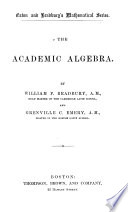 | William Frothingham Bradbury, Grenville C. Emery - Algebra - 1889 - 444 pages
...written, a : b, or - ; read, a is to b, or a divided by b. b 300. The Terms of a ratio are the numbers compared, whether simple or compound. The first term of a ratio is called the antecedent, the other the consequent ; the two terms together are called a couplet. 301. An Inverse or Reciprocal... | |
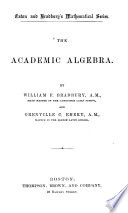 | William Frothingham Bradbury, Grenville C. Emery - Algebra - 1889 - 428 pages
...a : b, or -; read, a is to b, or a divided by b. 300. The Terms of a ratio are the numbers compard whether simple or compound. The first term of a ratio is called the antecedent, the other the consequent ; the two terms together are called .1 couplet. 301. An Inverse or Reciprocal... | |
 | Webster Wells - Algebra - 1889 - 584 pages
...proportion, which may be written in either of the forms : a: & = c:d, • - = ~, or a : b : : с : d. bd 306. The first term of a ratio is called the antecedent, and the second term the consequent. Thus in the ratio a : b, a is the antecedent, and .b is the consequent.... | |
 | John Bernard Clarke - Algebra - 1889 - 566 pages
...reciprocals of o and 6; i. e., -= --TT- A 1 aab ratio is always written, however, as a direct ratio. The first term of a ratio is called the antecedent, and the second term the consequent. The ratio of the squares of two quantities is sometimes called the duplicate,... | |
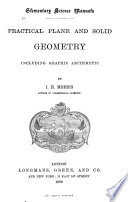 | Isaac Hammond Morris - Geometry, Plane - 1890 - 440 pages
...times. If we take two equal ratios, we have a proportion ; for example, § = § ; or 9 : 3 as 6 : 2. The first term of a ratio is called the antecedent ; and the second term, the consequent. If the numbers are in true proportion, the product of the end terms, or... | |
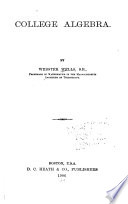 | Webster Wells - Algebra - 1890 - 604 pages
...proportion, which may be written in either of the forms : a : b = с : d, " = -, or a : b : : с : d. bd 37ft The first term of a ratio is called the antecedent, and the second term the consequent. Thus, in the ratio a : b, a is the antecedent, and b is the consequent.... | |
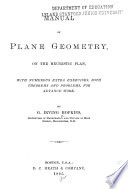 | George Irving Hopkins - 1891 - 210 pages
...mate ratio of y to x, the degree of approximation depending upon the size of the unit of measure. 272. The first term of a ratio is called the antecedent, and the second term the consequent. 273. A proportion is an expression of equality between two equal ratios,... | |
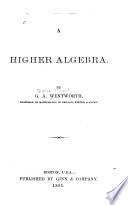 | George Albert Wentworth - Algebra - 1891 - 544 pages
...indicated quotient of the first by the second. Thus, the ratio of a to b is -, or a -f- b, or a : b. о The first term of a ratio is called the antecedent, and the second term the consequent. When the antecedent is equal to the consequent, the ratio is called a ratio... | |
 | George Albert Wentworth - Algebra - 1891 - 380 pages
...indicated quotient of the first by the second. Thus the ratio of a to b is -, or a -=- b, or a : b. b The first term of a ratio is called the antecedent, and the second term the consequent. When the antecedent is equal to the consequent, the ratio is called a ratio... | |
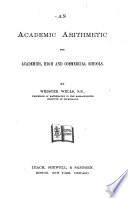 | Webster Wells - Arithmetic - 1893 - 382 pages
...the first number by the second. Thus, the ratio of 3 to 5 is -| ; it is also expressed 3 : 5. 259. The first term of a ratio is called the antecedent, and the second term the consequent. Thus, in the ratio 3:5, 3 is the antecedent, and 5 the consequent. 260.... | |
| |